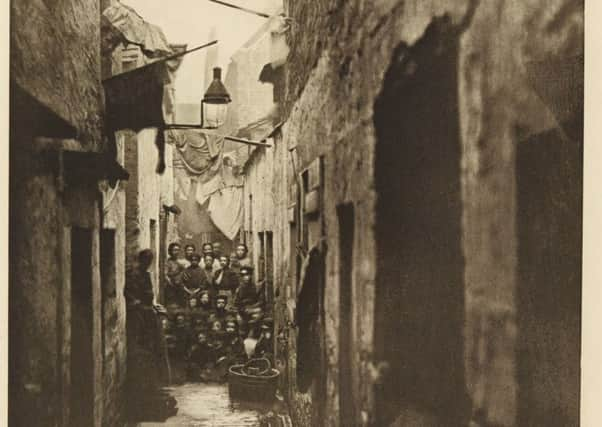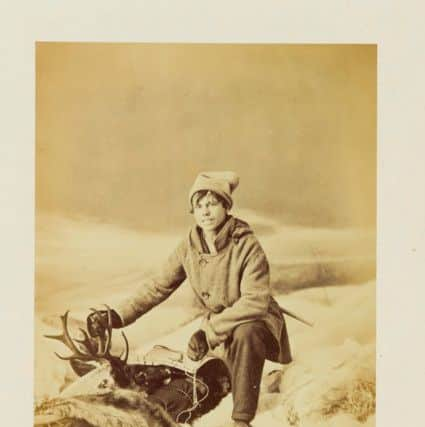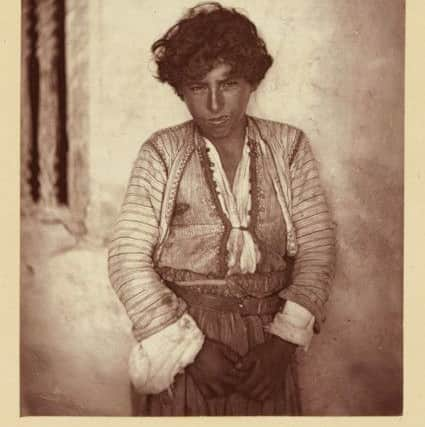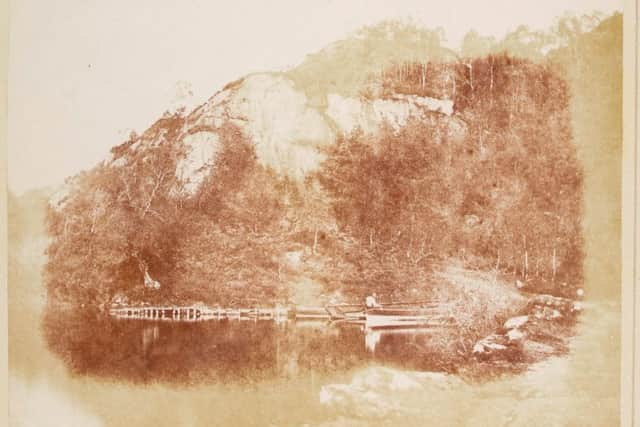The photos of Scotland's 19th Century camera pioneers


Now images taken by these early experimenters are to go on show at the National Library of Scotland, who will display a collection of the first books to be illustrated with photographs.
Central to the exhibition will be Sun Pictures in Scotland, published by William Henry Fox Talbot in 1845 - just six years after Louis Daguerre’s first photograph was announced in Paris.


Advertisement
Hide AdAdvertisement
Hide AdOnly 100 copies of the book, which capture locations linked to Sir Walter Scott, were printed with NLS having one of the few complete copies to survive.
In a slip attached to the title page, the photographer is clear to point out the departure achieved in the publication.
“The plates of the present work are impressed by the agency of light alone, without any aid whatever from the artist’s pencil,” Talbot said.


Talbot, who invented the calotype process, was from Wiltshire but his impact on the development of photography in Scotland was fundamental after he essentially gifted enthusiasts north of the border the right to experiment with his technique.
Advertisement
Hide AdAdvertisement
Hide AdHe was a close friend with scientist Sir David Brewster, a physicist and astronomer of Edinburgh, who convinced Talbot not to patent the calotype process - the forerunner to negative film - north of the border.
It was a move by the former principal of St Andrews University that allowed innovation in new photography techniques and processes in Scotland to flourish.
Such was the appetite for this new artform that the Edinburgh Calotype Club was formed in the early 1840s - the oldest photographic club in the world. Sir David was one of its founder members.


Dr Graham Hogg, who curated the display at NLS, said: “I think Brewster was keen for these new photographic techniques to be developed in Scotland and he managed to persuade Talbot it wasn’t worth his while to patent calotype in Scotland.”
The results, very quickly, became clear to see.
Advertisement
Hide AdAdvertisement
Hide AdDr Hogg said: “You have people such as Thomas Annan working in the old streets and closes of Glasgow, producing these superb images.
“Then there is John Thomson, of Edinburgh, the first western photographer to travel to the Far East.”


Thomson’s final foreign trip was to Cyprus which resulted in a deluxe publication “Through Cyprus with a camera from 1879” which is part of the NLS display.
William Notman, from Paisely, travelled widely and produced the book Sports Pastimes & Pursuits of Canada.
Advertisement
Hide AdAdvertisement
Hide Ad“The Scots were very quick to see the commercial possibilities and some of them were very intrepid,” Dr Hogg added.
Other photographers to feature include Dundee’s John Valentine, the founder of Valentine’s postcard company, and George Washington Wilson, of Aberdeen, both who took advantage of improving technology to produce large scale production of prints of Scottish landscapes.
Both published illustrated books with photomechanical prints, which combined photography with existing commercial printing processes to create high quality reproductions.
David Octavius Hill, a well-connected painter of Edinburgh and Robert Adamson, of St Andrews, focussed mainly on landscapes and portraiture in their studio at Rock House, Calton Hill Stairs, where it is said that the pair produced more than 2,500 portraits in just five years.


Advertisement
Hide AdAdvertisement
Hide AdThey were to go on and document soldiers, children and the fishing community of Newhaven in Fife with their body of work still considered to rank among the highest achievements of photographic portraiture.
“Both men had a profound understanding of the way the world would translate into monochrome pictures,” one commentator said.
Dr Hogg said: “These books hold an important place in the history of photography and helped to establish an art form that still thrives in Scotland today.
“They represent only a small selection of the Library’s extensive holdings of photographically illustrated books relating to Scotland that were produced in the 19th century.”
